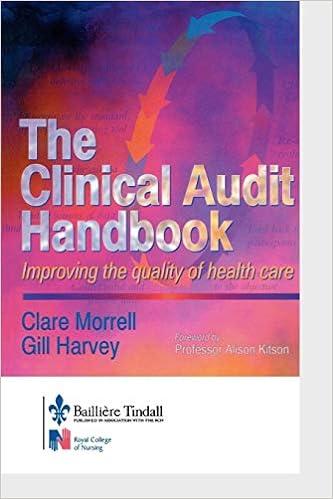Question
The current price of a stock is $65.88. If dividends are expected to be $1 per share for the next five years, and the required
The current price of a stock is $65.88. If dividends are expected to be $1 per share for the next five years, and the required return is 10%, then what should the price of the stock be in 5 years when you plan to sell it? If the dividend and required returns remained the same; and the stock price is expected to increase by $1 five years from now, does the current stock price also increase by $1? Why or why not?
I only need d) to be solved, thanks
(a) Derive the answer to price of the stock in 5 years (i.e. Find: Ps.) The question does not specify expected dividends or the required rate of return for beyond five years. Assume that following the fifth year (i.e. in the 6th year) that dividends grow at a constant rate forever and that the required rate of return remains at 10%
b) Find the growth rate of dividends that is consistent with your answer in part (a) to Ps. (Hint: use the Gordon growth model.) Now suppose instead that Ps-101.
c) What is the price of the stock today? Finally, suppose that dividends stay at S1 forever.
dUnlike question b) above, consider a two-stage Gordon growth model where the growth rate of dividends is greater than required rate of return over the first five years. As before, suppose D1 =1 and ke =.1. However, now dividends grow from year 1 until year 5 at 20%, and after year 5 they stop growing. What is the price of the stock today?
Step by Step Solution
There are 3 Steps involved in it
Step: 1

Get Instant Access to Expert-Tailored Solutions
See step-by-step solutions with expert insights and AI powered tools for academic success
Step: 2

Step: 3

Ace Your Homework with AI
Get the answers you need in no time with our AI-driven, step-by-step assistance
Get Started


